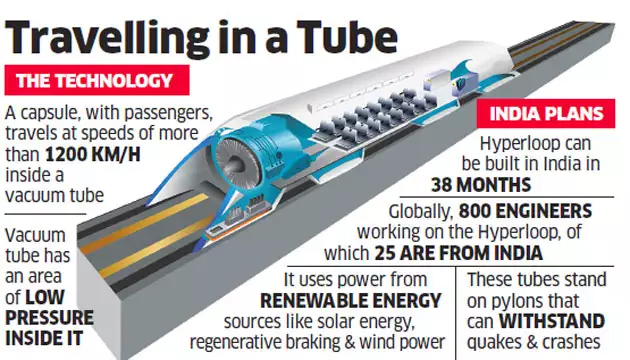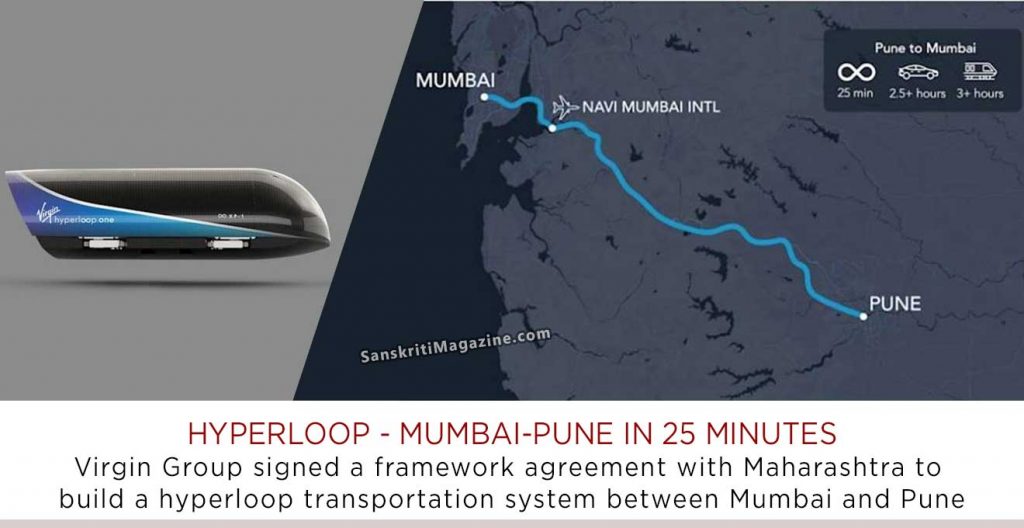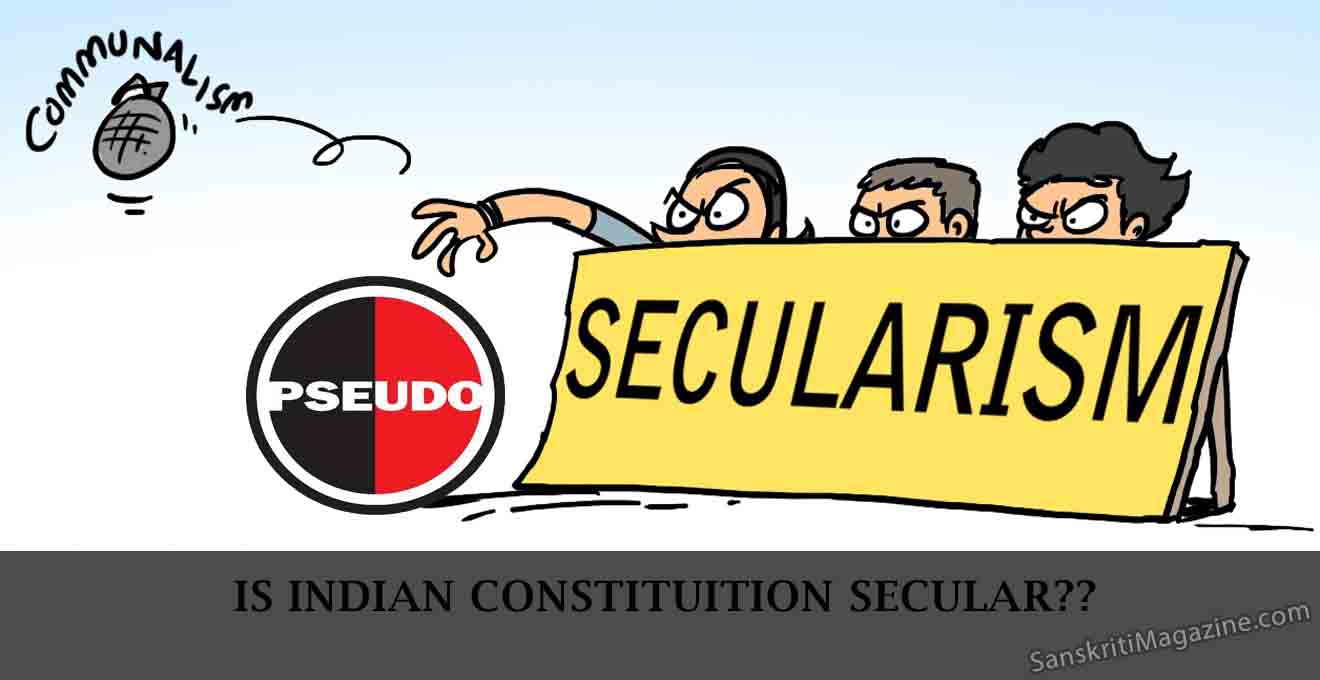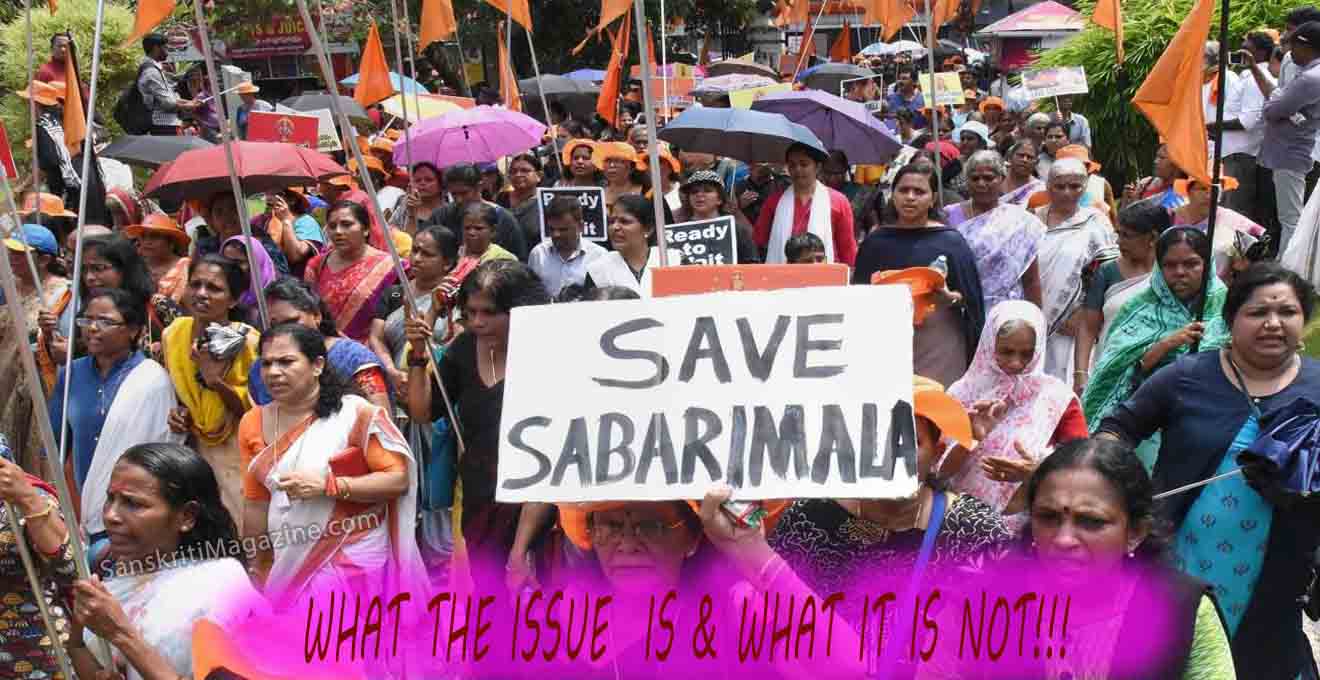The Richard Branson-led Virgin Group on Sunday signed a framework agreement with Maharashtra to build a hyperloop transportation system between Mumbai and Pune during the Magnetic Maharashtra investor summit.
The Richard Branson-led Virgin Group on Sunday signed a framework agreement with Maharashtra to build a hyperloop transportation system between Mumbai and Pune, which would reduce travel time between the two cities to just 25 minutes from the three hours at present. The system, which will also connect Navi Mumbai International Airport, will benefit 26 million people and ease the burden on local trains. The foundation stone for the transport system was laid by Prime Minister Narendra Modi along with Maharashtra Chief Minister Devendra Fadnavis during the Magnetic Maharashtra investor summit.

“We have signed an agreement with Maharashtra to build a Virgin Hyperloop between Mumbai and Pune, beginning with an operational demonstration track in the region,” Virgin Group chairman Richard Branson said. With easier access to airport gates, the loop will be able to ferry 150 million passengers every year. Branson said the Pune-Mumbai route could result in Rs 3,50,000 crores in socio-economic benefits, time saving, accident reduction and operational cost savings on over 30 years of operation.
Hyperloop transport system will allow for passengers, freight to be transported at super-fast speeds, more than 1,000 km per hour, which is faster than airlines, in a levitating pod that will travel in a vacuum tube. Last year, the Andhra Pradesh government signed a memorandum of understanding with Hyperloop Transportation Technologies (HTT) for developing the project.
Branson said the the fifth generation transport system will create tens of thousands of jobs, helping to attract new business and investment in the region. “The 100 per cent electric, efficient system will also ease severe expressway congestion and could reduce greenhouse gas emissions up to 86,000 tons over 30 years,” he said.
The proposed Maharshtra project will begin after a six-month in-depth feasibility study, which will analyse and define the route alignment, including environmental impact, economic and commercial viability, the regulatory framework, and cost and funding model suggestions.











